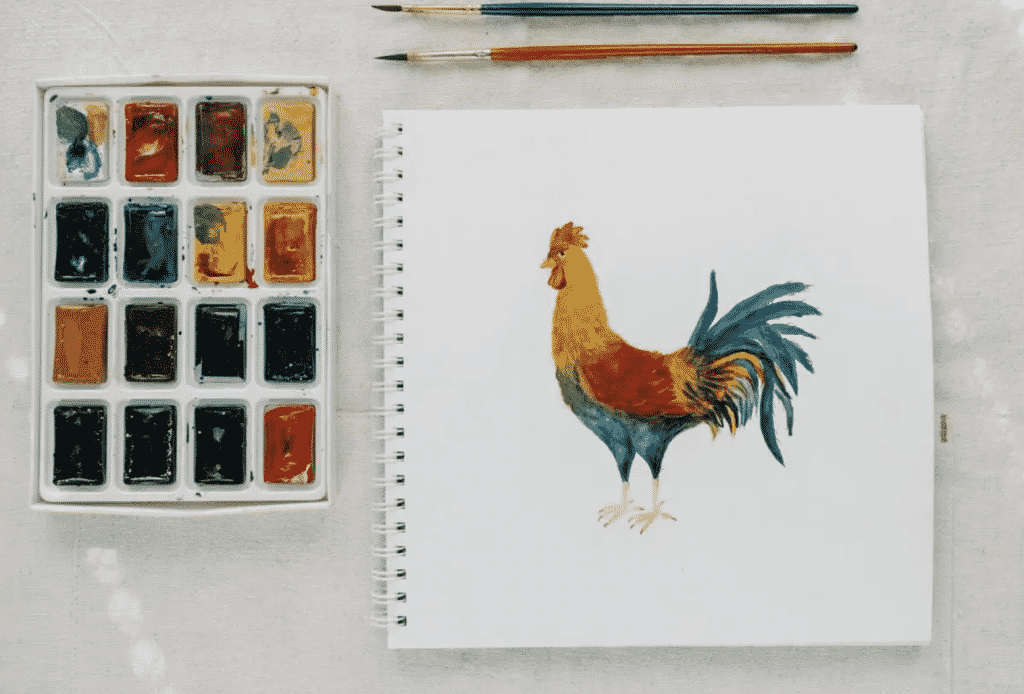Looking to get started with painting? Want to learn the very first steps of completing your very first Picasso-esque masterpiece? Well, you’re not the only one. So many of us turn to painting as a new creative hobby or a way to relax. You never know, you could have an unexplored secret talent lurking too!
So how do you start painting if you’re a novice? Well, it’s easier than you think. The first rule of painting as a beginner is to stop striving for perfection. Like any new skill, it takes time to get better. (Remember: You can always start with painting by numbers. It’s an easy beginners step which teaches you the basics!)
If you’re ready for the real thing, follow these five simple steps if you’re a complete beginner.
Step 1. Choose Your Starting Medium
The first step in learning to paint is choosing the right medium. There’s 3 main mediums that beginners usually choose from, and they each have their own pros and cons:
- Acrylic – This is the typical beginner’s medium. It’s versatile and easy to clean up. However, it dries quickly so you have a limited time to blend colors.
- Oil – Oil is usually the second choice for beginners, but naturally-talented painters will find it easy to use. It’s super blendable and gives top-quality results.
- Watercolor – Watercolor can be tricky to use because there’s no room for error, but the effects can be stunning!
Step 2. Invest in the Right Supplies
The second step is to invest in the right supplies. Head to an arts and crafts store to buy everything you need to get started. It’s best to get high-quality materials if you’re looking for the best results too. Make sure you don’t forget:
- A variety of suitable brushes
- A variety of colorful paints
- A sturdy canvas
Step 3. Decide What You Want to Paint First
The learning process is a chance to experiment. Once you’ve decided what medium you want to start with, it’s time to select what subject you want to focus on first. You should feel inspired and passionate about the subject. It should also be a challenge, but not too far out of reach. Think through your ideas and come up with an interesting viewpoint and composition. Once you’ve made your final design decisions, it’s time to start painting!
Step 4. Take the Pressure Off Yourself
Keep persevering. Don’t give up! You’ll probably think your first painting is complete rubbish, but chances are it’s much better than you think it is. So take the pressure off yourself. Rome wasn’t built in a day. Take your time when completing your first draft and don’t be self-critical. The more you practice, the better you’ll become.
Once you have finished your first painting, take a step back. Assess your work and think about what went right and what went wrong. You’ll have the opportunity to make any improvements on your next attempt!
Step 5. Relish in Your Creativity
Perhaps the most important thing about learning to paint is enjoying the entire process. There’s no point in learning if you aren’t having fun along the way. Pick subjects that fascinate you and use colors and brushstrokes that inspire you most. This is your journey!
